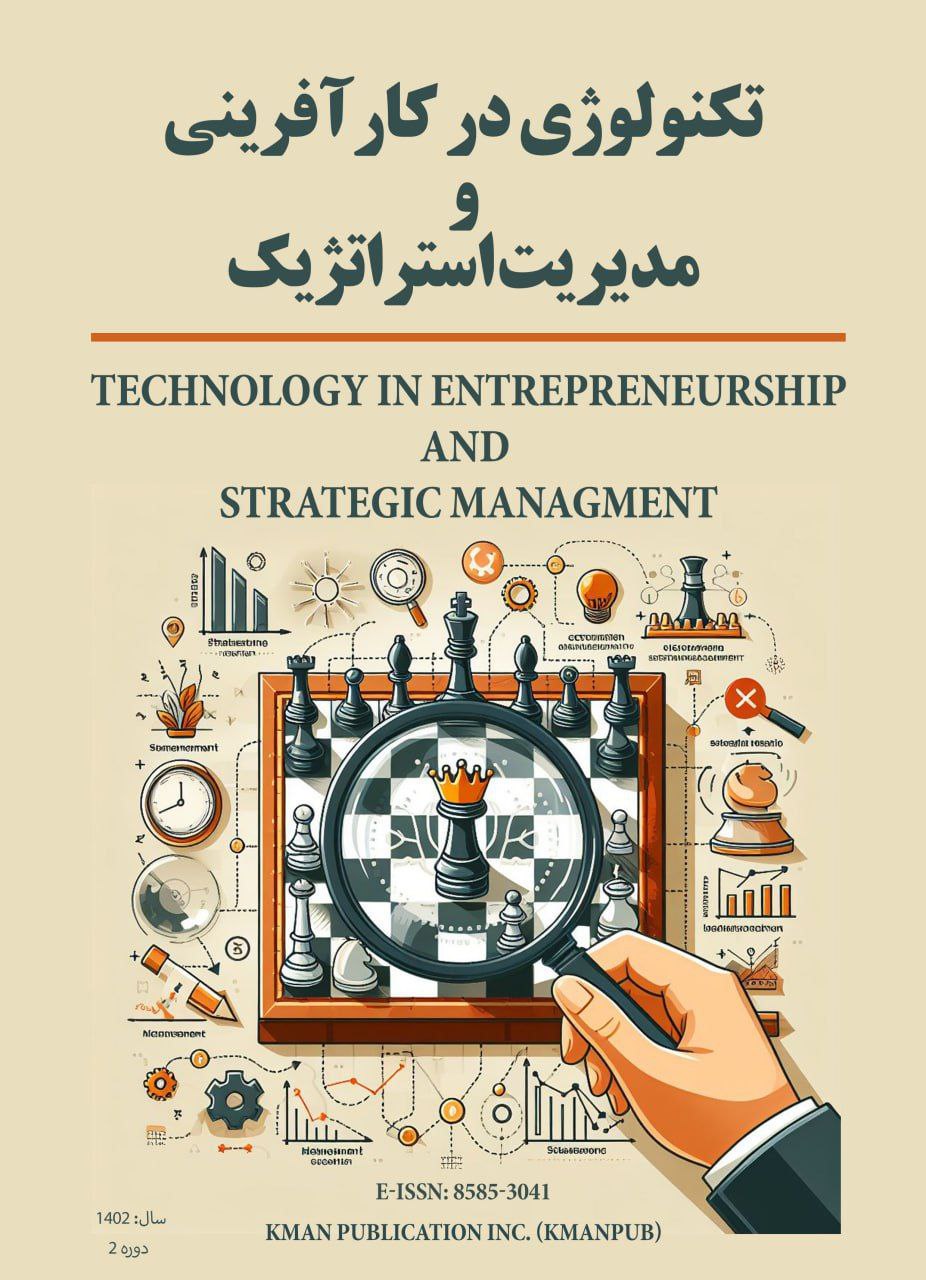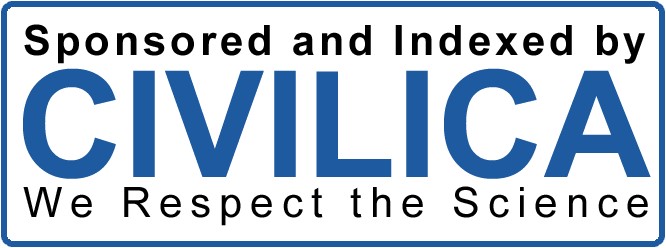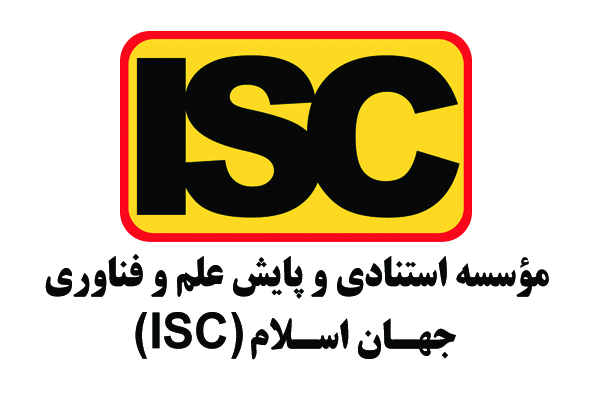Analysis of Urban Livability Capacities and Scenarios in Saqqez and its Surrounding Areas with a Spatial Justice Approach
Keywords:
Urban Livability, Place Attachment, Spatial Justice, Social Justice, Social ParticipationAbstract
In recent decades, urban livability has emerged as a novel discourse in the field of urban planning and urbanization, receiving significant attention from planners and policymakers at global, regional, national, and local levels. This concept reflects the status of indicators related to sustainable development and spatial and social justice within the urban fabric, portraying the essence of the city in connection with qualitative indicators and enhancing resilience against crises, physical-content attractiveness, expansion of cultural capital, and the inclination toward urban innovation and creativity across various dimensions. Accordingly, the aim of the present study is to explain and analyze the capacities and challenges facing urban livability in Saqqez and its surrounding areas, and to identify its various states (from optimistic to crisis scenarios). The research method employed is descriptive-analytical, based on library-documentary studies, field surveys, expert meetings, and model and software analyses within the framework of Pearson correlation analysis, VIKOR analysis, and the Scenario Wizard model. In this context, 40 scientific and executive elites were selected as the statistical sample using a non-random purposive sampling method. The findings from the VIKOR model analysis indicated that Zones 3 (0.097), 1 (0.247), and 9 (0.264) have the most favorable livability conditions, while Zones 16 and 7, with (1.00) and (0.719) respectively, exhibited unfavorable conditions according to the investigated indicators. Additionally, the results of the Pearson correlation coefficient analysis showed that at a confidence level of (0.99) and an error probability of less than (0.01), there is a strong positive correlation in the first level (0.32) between spatial justice, place attachment, and in the second level (0.22) between spatial justice, social participation, and social cohesion. Finally, given the scores obtained, the likelihood of the current situation persisting (320) is higher compared to the desirable (250) and acceptable (180) scenarios.
Downloads
References
Beaujeu, D. (1998). Urban Livability in Asia (Z. Fatemi, Trans.; 1st edition ed.). Nasr Publishing.
Heydari, A. (2012). Spatial-physical analysis of future development of Saqqez city with emphasis on urban smart growth
indicators using Shannon entropy model. Geography and Urban Development, 1(1).
Heydari, A., Rahnama, M. R., & Heydari, S. (2019). Analysis of Urban Environment Sustainability in Kurdish Cities of Iran
Using the Future Study Approach (Case Study: Saqqez City). Smart Urban Development, 67.
onment+Sustainability+in+Kurdish+Cities+of+Iran+Using+the+Future+Study+Approach+(Case+Study:+Saqqez+City).
+Smart+Urban+Development,+67.&ots=0TYz_KqAuI&sig=e9kfCfDC5pqjDIJqwjzdsfMQNfg
Nell, H., & Goldman, R. (2005). Cities and Quality of Life: Should We Monitor Pakistani Cities?
http://mpra.ub.uni_muenchen.de/6522/
Soleimani Mehranjani, M., Tolouei, S., Rafieian, M., Zanganeh, A., & Khazaei Nejad, F. (2016). Urban Livability: Concept,
Principles, Dimensions, and Indicators. Geography and Urban Planning Research, 4(1), 27-50.
https://ensani.ir/fa/article/359072/%D8%B2%DB%8C%D8%B3%D8%AA-
%D9%BE%D8%B0%DB%8C%D8%B1%DB%8C-%D8%B4%D9%87%D8%B1%DB%8C-
%D9%85%D9%81%D9%87%D9%88%D9%85-%D8%A7%D8%B5%D9%88%D9%84-
%D8%A7%D8%A8%D8%B9%D8%A7%D8%AF-%D9%88-%D8%B4%D8%A7%D8%AE%D8%B5-
%D9%87%D8%A7
Statistical Center of Iran, S. (2021). Population of Kurdistan Province.
Teng, F. (2013). Designing community: The application of new urban principles to create authentic communities Master of
Science Department of Geography].
Timmer, V., & Seymoar, N. K. (2005). The World Urban Forum 2006 Vancouver: Working Group Discussion Paper.
Vancamp, K., Raggers, K., & Pin, P. (2003). A livable city study in China: Using structural equation models Department of
Statistics, Uppsala University]. https://www.diva-portal.org/smash/get/diva2:422188/FULLTEXT01.pdf
Downloads
Published
Submitted
Revised
Accepted
Issue
Section
License
Copyright (c) -1 Journal of Technology in Entrepreneurship and Strategic Management (JTESM)

This work is licensed under a Creative Commons Attribution-NonCommercial 4.0 International License.











